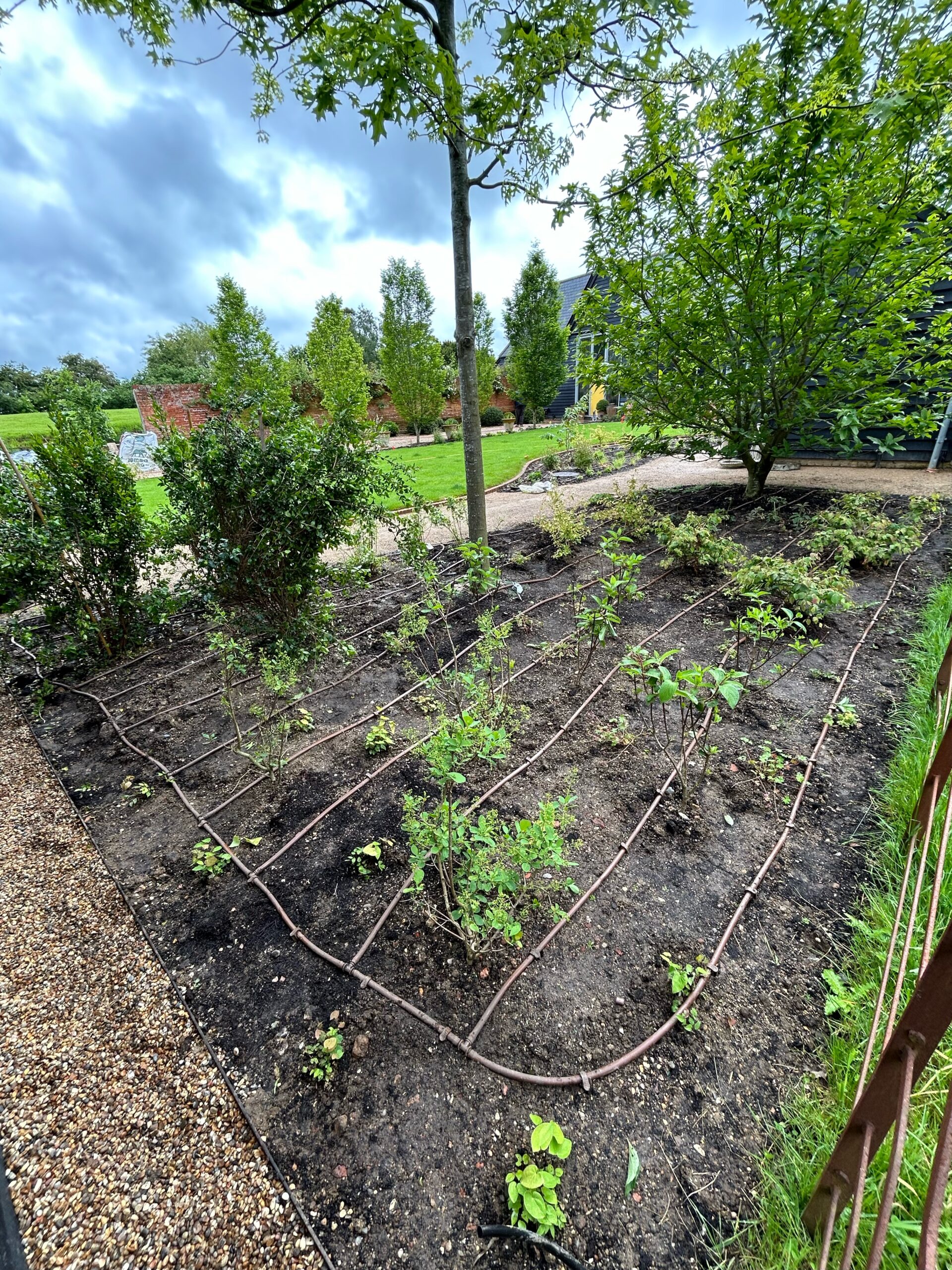
31 May Efficiency of Drip Irrigation
The efficiency of drip irrigation beats all other methods of watering plants. We will explain below why this is the case. Of course, some plants are unsuited to being irrigated in this way. Trees, for example, need much more water than drip irrigation can provide. Plants like these need different watering solutions. However, where drip irrigation suits the needs of the plants, it reaches near-perfect efficiency.
Why is drip irrigation so good?
Scientific studies have estimated that somewhere between 90 and 100 percent of the water going through a drip irrigation system reaches the roots of the relevant plants. Other methods of watering are as little as 45% efficient. How does drip irrigation do so well? We’ll explain.
Because the dripline is at soil level, there is no wastage due to overspray or run-off. Equally, very little water gets lost to evaporation, as the system dribbles water directly down into the soil towards the plant roots. That slow drip also allows the plants to take up all the water that targets them, rather than wetting the surrounding soil to no good effect.
All in all, we would suggest using dripline for any planting where it is suitable. If you’re concerned that the dripline is a little unsightly, don’t forget that your thriving plants will soon grow to conceal it, or alternatively it can be covered with a lightweight mulch. We know it looks the unglamorous cousin to a sprinkler system, and sprinklers are fantastic for lawns and other uses, but the humble drip system does a great job with maximum efficiency. This is so widely known that when hosepipe bans are in place, dripline has so far always been exempt.
